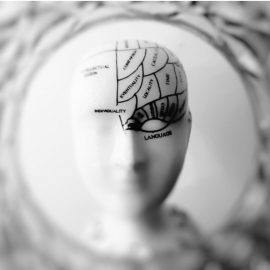

This article is an excerpt from the Shortform book guide to "Poor Charlie's Almanack" by Charles T. Munger. Shortform has the world's best summaries and analyses of books you should be reading.
Like this article? Sign up for a free trial here .
What is the doubt avoidance tendency? How can you control your fight or flight response?
The doubt avoidance tendency is the inclination to make quick, poorly thought-out decisions during stressful situations. The pressure to remove doubt causes you to make ill-informed choices. You can control this tendency by scheduling deliberate delays when under pressure to carefully strategize before reaching a final decision.
Read on to learn more about the doubt avoidance tendency.
What Is Doubt Avoidance?
Doubt is painful, causing puzzlement and stress. When you feel doubt, you reach a decision more quickly than a fully considered decision would take.
If you’re already on a path, then plodding down your current path is psychologically easier than doubting the path and potentially causing upheaval. This is further strengthened by inconsistency-avoidance tendency.
Why It Evolved
The doubt avoidance tendency evolved from stressful situations, like facing off against a hungry tiger, where doubting your actions for too long can get you eaten.
How It Can Be Harmful
To remove doubt, you can make poorly considered decisions.
The doubt avoidance tendency can cause a vicious circle where you start off on a bad track, then you cause yourself more stress, which in turn causes you to make more poor decisions.
Examples
- If your company’s core strategy is failing, it’s hard to reverse course. Proper actions, like pivoting a company and letting go of employees, introduce doubt. The easier thing is to just perpetuate the action.
Antidotes
To control the overactive flight response tendency, schedule deliberate delays before making decisions. Jury trials require careful deliberation before reaching a final decision. For your own decisions, “sleep on it.”
In stressful situations, give yourself the luxury of patience. Warren and Charlie are content to sit idly for a long time until they see a great deal. Having a larger resource buffer (as with more money or time) helps you avoid panicking in emergencies.

———End of Preview———
Like what you just read? Read the rest of the world's best book summary and analysis of Charles T. Munger's "Poor Charlie's Almanack" at Shortform .
Here's what you'll find in our full Poor Charlie's Almanack summary :
- A collection of Charlie Munger’s best advice given over 30 years
- Why you need to know what you’re good at and what you’re bad at to make decisions
- Descriptions of the 25 psychological biases that distort how you see the world






